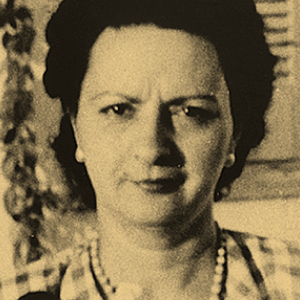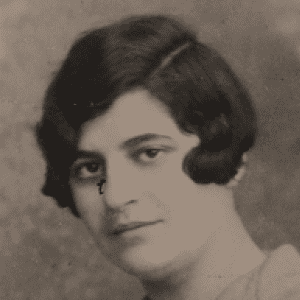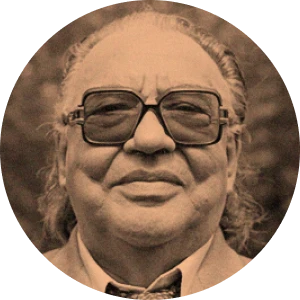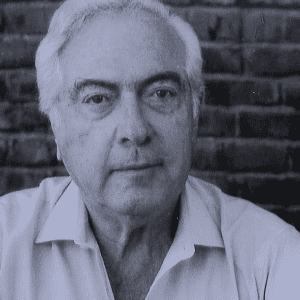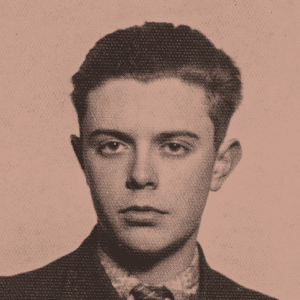Mongo’s journey starts in the town of Guntramsdorf, close to Vienna, where he was born into an Austrian Catholic Lovara Roma family on 20 May 1929.
In 1939, Mongo and his family settled in Vienna.
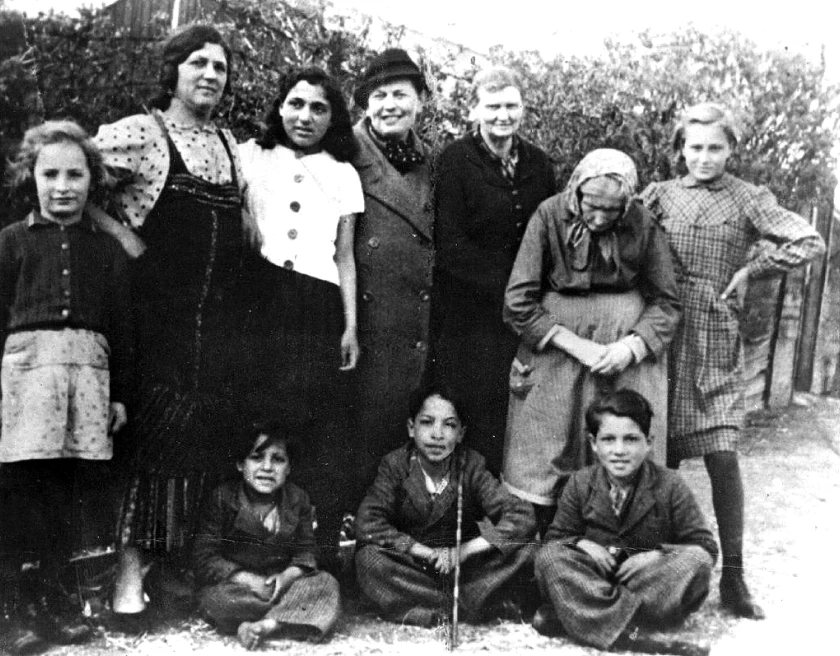
AUSTRIA
In March 1943, his mother and his five siblings were detained in Rossauerlände detention centre in Vienna.
Later that month, they were sent to Auschwitz-Birkenau Concentration Camp in Poland.
In April 1945, Mongo and his brother, Karl, were forced to set out on a death march
GERMANY
In August or September 1944, Mongo and his brother, Karl, were deported from Auschwitz-Birkenau to Buchenwald Concentration Camp in Germany.
In early April 1945, Mongo and Karl were sent from Buchenwald to Flossenbürg concentration camp, where they were incarcerated for around 10 days. They were then forced to set out on a death march.
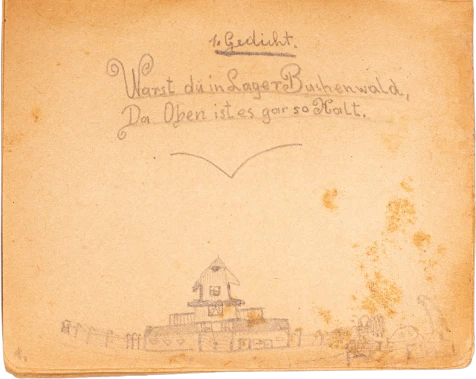
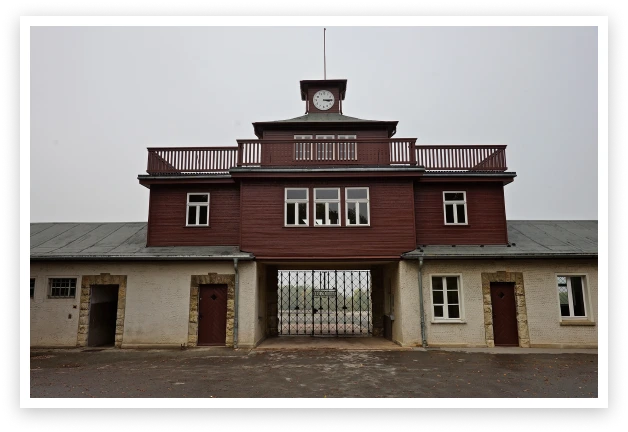
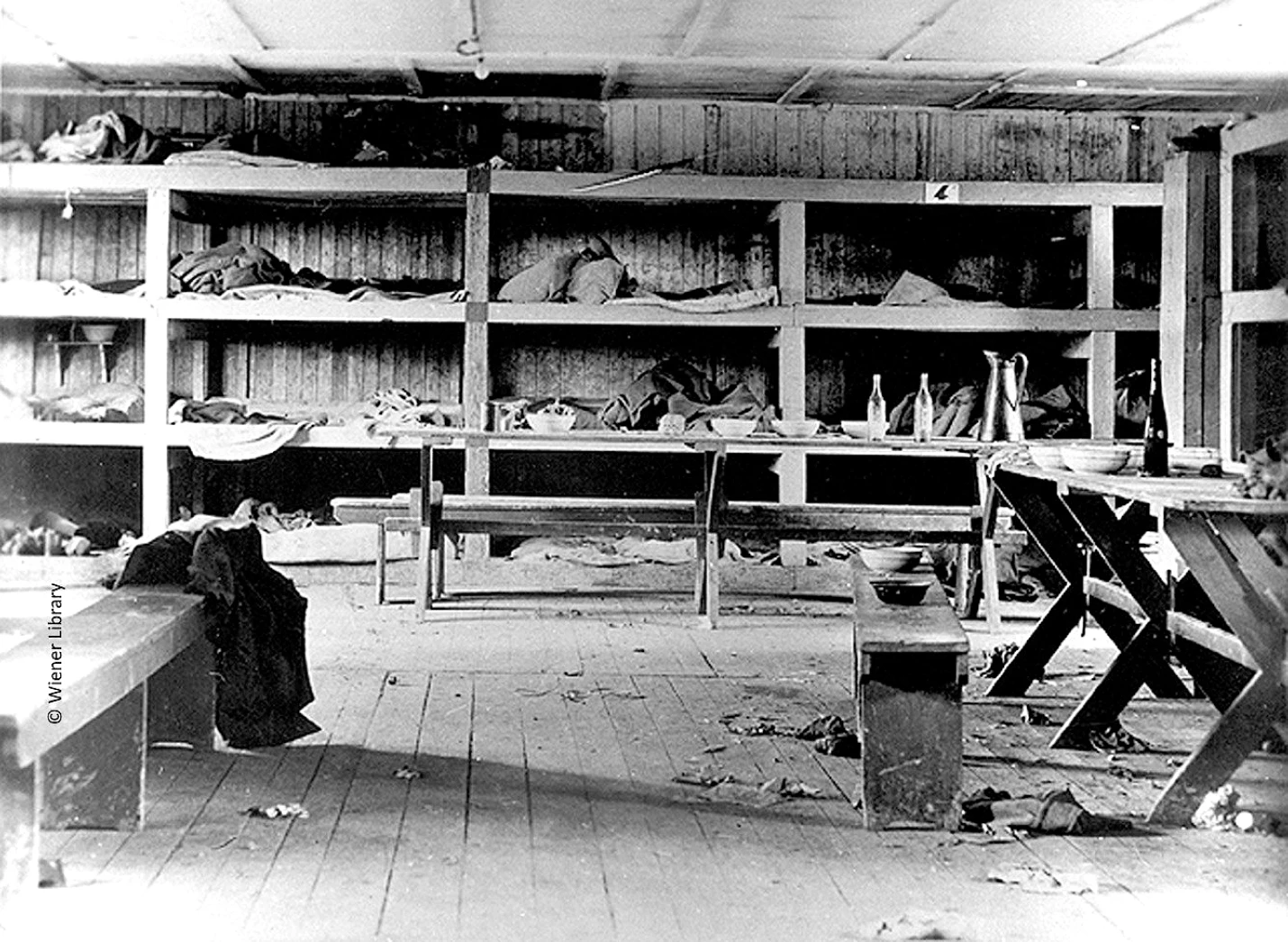
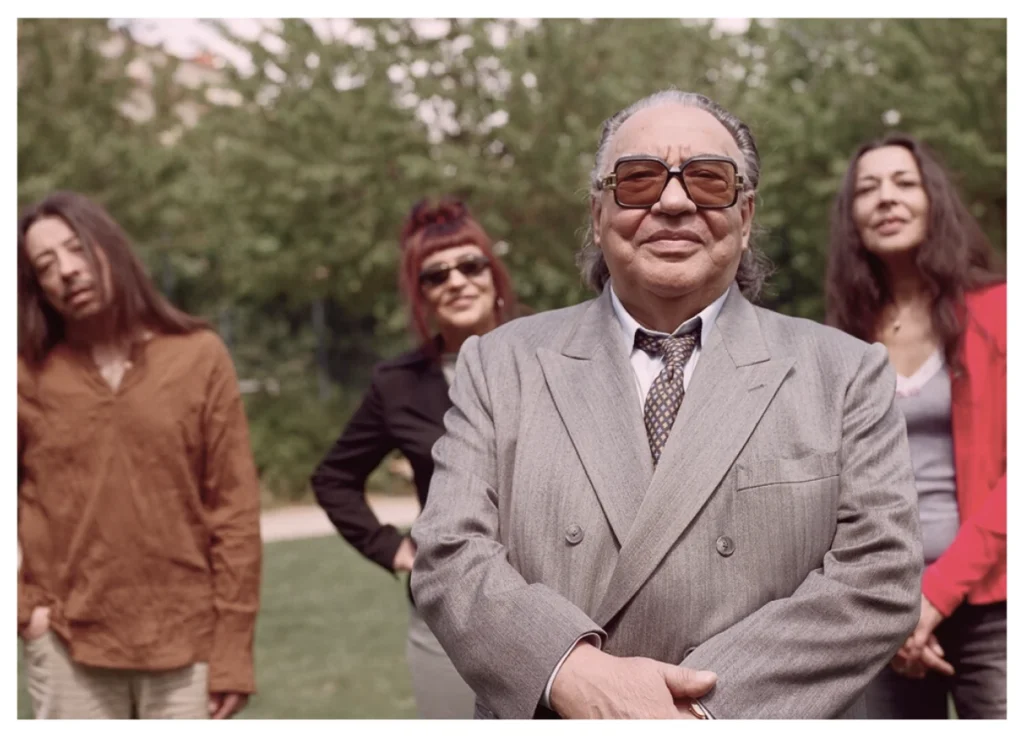
In May 1947, they received a letter from their mother telling them that the family was in Hohenauergasse, the 19th area of Vienna. On 20 May that year, Mongo and Karl returned to Vienna and were finally reunited with their family. Six months later, they all moved to Gymnasiumstrasse 23, in the 18th area of Vienna.
Mongo died in Vienna on 16 March 2014.
The brothers fled during a death march and ran for their lives through the forest. They were liberated by the American army near Rötz, Germany, in April 1945 and later taken in by a family there.
In 1946, they made their way back to Paletzgasse in Vienna in hope of finding their family but their search was unsuccessful.


